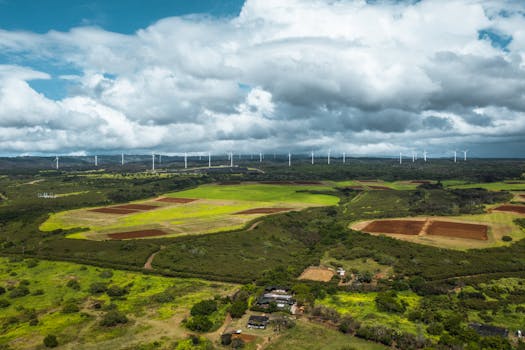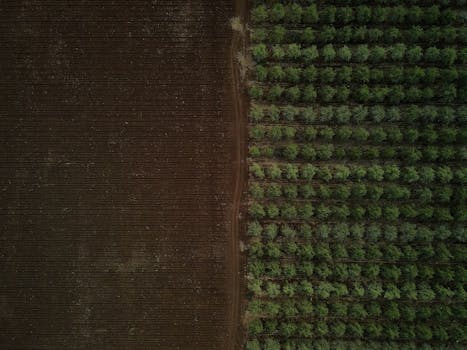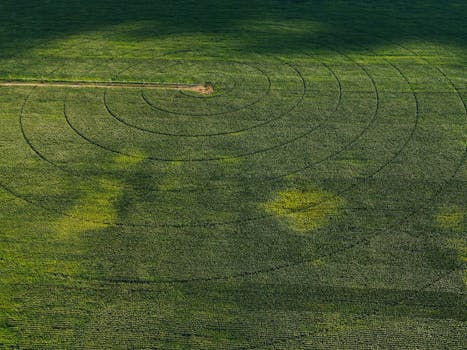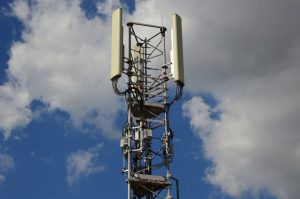
Eyes in the Sky: Advanced Technologies Transforming Earth Observation with Eyes in the Sky have revolutionized the way we monitor and understand our planet. The field of Earth observation has undergone significant transformations with the advent of advanced technologies, enabling us to monitor our planet like never before. Satellites, drones, and other airborne platforms equipped with cutting-edge sensors and imaging technologies are providing unprecedented insights into the Earth’s surface and atmosphere.
One of the key drivers of this transformation is the development of high-resolution imaging technologies. Satellites such as the WorldView-4 and the GeoEye-1 are capable of capturing images with resolutions of up to 30 centimeters, allowing for detailed analysis of the Earth’s surface. This has numerous applications, including monitoring deforestation, tracking urban growth, and detecting natural disasters such as earthquakes and landslides.
Another significant advancement in Earth observation is the use of synthetic aperture radar (SAR) technology. SAR uses radar pulses to image the Earth’s surface, allowing for the creation of high-resolution images regardless of weather conditions or time of day. This technology has been used to monitor changes in the Earth’s surface, such as the movement of glaciers and the detection of subsidence.
Advances in Satellite Technology

The development of advanced satellite technologies has been a major factor in the transformation of Earth observation. Satellites such as the Sentinel-2 and the Landsat 8 are equipped with a range of sensors, including multispectral and hyperspectral instruments, which allow for the collection of detailed data on the Earth’s surface. These data can be used to monitor changes in land use, track the health of crops, and detect the presence of minerals and other natural resources.
The use of satellite constellations is another area of advancement in Earth observation. Companies such as Planet Labs and DigitalGlobe are launching large constellations of small satellites, which provide high-frequency imaging of the Earth’s surface. This allows for the monitoring of changes in the Earth’s surface over time, enabling the detection of trends and patterns that may not be apparent from single images.
Applications of Earth Observation

The applications of Earth observation are diverse and numerous. One of the most significant areas of application is in the field of environmental monitoring. Earth observation data can be used to track changes in the Earth’s climate, monitor the health of ecosystems, and detect the presence of pollutants in the air and water.
Another significant area of application is in the field of disaster response and recovery. Earth observation data can be used to assess the damage caused by natural disasters, such as hurricanes and wildfires, and to monitor the effectiveness of recovery efforts. This can help to save lives, reduce the economic impact of disasters, and improve the overall resilience of communities.
Conclusion

In conclusion, Eyes in the Sky: Advanced Technologies Transforming Earth Observation with Eyes in the Sky have revolutionized the field of Earth observation, enabling us to monitor our planet like never before. The development of high-resolution imaging technologies, the use of SAR technology, and the launch of satellite constellations have all contributed to this transformation. As the field continues to evolve, we can expect to see even more innovative applications of Earth observation data, from environmental monitoring to disaster response and recovery.
See more:


